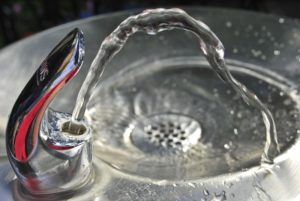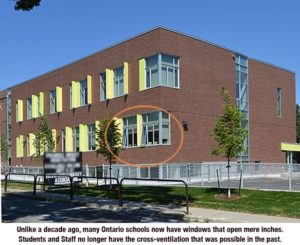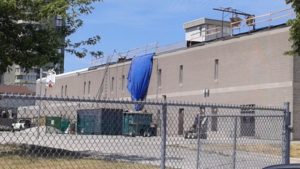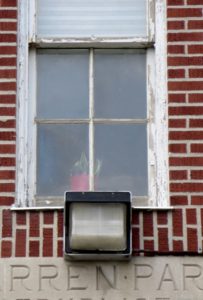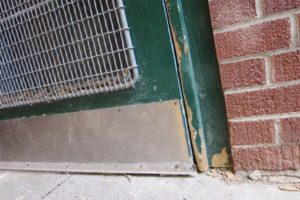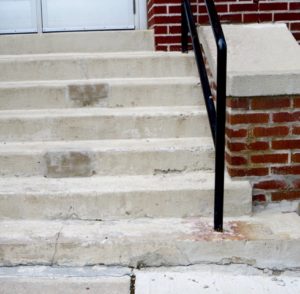As we’ve said, we’re going to see a lot of media coverage related to provincial politics this coming year, as we move towards the June 2018 provincial election. Here is a guide to deciphering recent misleading media coverage about “new funding for school repairs”.
THE NEWS STORY
In June, Premier Wynne announced that $1.4B has been allocated for school repair and renewal in 2017/18 and that $200-M from the Province’s cap and trade program will go towards making Ontario schools more energy efficient.
CBC’s June 13, 2017 article entitled, “Ontario earmarks $200M from cap and trade to make schools greener”, covered Wynne’s announcement, where she acknowledged that over half of Ontario’s schools were built over 40 years ago and are in need of repair.
Interestingly, Premier Wynne was quoted as saying that, “School boards around the province have done a good job of keeping schools in good repair, but there comes a point where there needs to be an extra investment in the schools because big things start to break down. It’s our responsibility to make sure that a school board has the money that it needs to invest in schools and to keep them in really good shape.”
PC Education Co-critic Lorne Coe was quoted as saying, “We are pleased that the Liberal government is finally answering our calls to address the state of disrepair in Ontario’s schools that has accumulated over the past 14 years, but they’ve only announced these funds because it’s an election year.”
Let’s decipher this article:
NOT NEW FUNDING:
- The $1.4-B annual funding for school repairs is not new funding. This funding level was announced weeks ago as part of the provincial budget announcements for 2017/18. Politicians seem to try to get as much goodwill as possible from one financial commitment so they often announce funding as though it is new, in the hopes we will be fooled into thinking that even more money has been allocated to a specific cause.
- The $200-M for making schools more energy efficient is part of that $1-4-B/year for school repairs; it is not additional funding. The only new information provided in this announcement is that the source of funding for the $200-M will be from the province’s cap and trade program.
PROVINCE ACKNOWLEDGES THAT SCHOOL BOARDS HAVE DONE WELL DESPITE CHRONIC UNDERFUNDING:
- This may be the first time that the Provincial government has acknowledged Ontario school boards as having done a good job of maintaining schools in the province and taken responsibility for providing adequate funding to school boards. Hurrah! What Wynne fails to state is that for almost 20 years, the provincial government fell far short in providing adequate funding for school repairs.
- Ontario’s Auditor-General confirmed that $1.4-B/year is needed for school repairs. We were able to compare this figure to the amount that was actually provided between 2011 and 2016 to reveal that the provincial government underfunded school repairs by a total $5.8-B in that 5-year timeframe. This constitutes chronic and gross underfunding.
- Although as of June 2016, Wynne’s government has committed to $1.4-B/year for school repairs, they have not committed to funding solutions to eliminate the $15-B repair backlog that accumulated in Ontario’s schools over the last twenty years, when provincial funding has been grossly inadequate.
CHRONIC, GROSS UNDERFUNDING OCCURRED UNDER BOTH LIBERAL AND CONSERVATIVE GOVERNMENTS:
- Lorne Coe coincidentally states that the $15-B repair backlog accumulated only over the last 14 years that the Liberals have been in power. In fact, the disrepair in Ontario’s schools has accumulated over the past 20+ years and so his PC party can certainly take some of the blame as well!
Stay tuned in the coming months as we help decipher fact from political rhetoric for you!
 1. Your kids could tell you wild stories – but they are real.
1. Your kids could tell you wild stories – but they are real.
